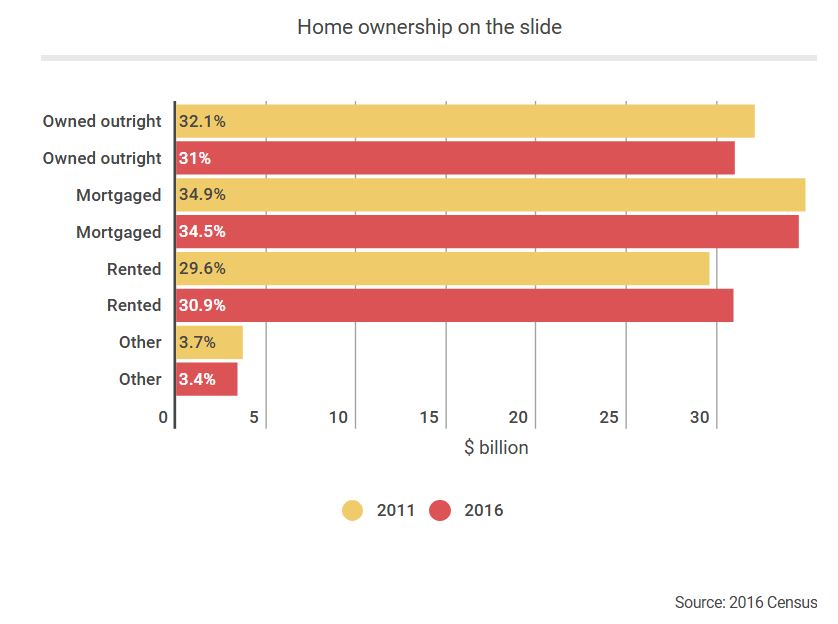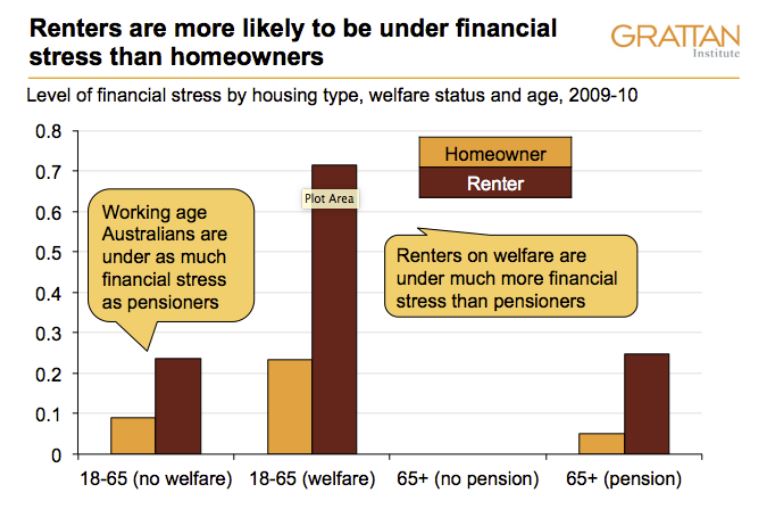The revelation that Australian consumers are using card payments more often than cash is a worry because of a lack of fee transparency, an expert has warned.
The Reserve Bank of Australia reported this week that 52 per cent of all transactions are card payments, with only 37 per cent by cash.
Three years ago, cash was 47 per cent and card only 43 per cent.
Cash payments were most common for fast food, cafes, restaurants, bars and pubs, and least common for holidays and household bills. And the biggest users were Australians aged 50 to 65, and those in the bottom half of the income bracket.
Professor Rodney Maddock, a researcher at the Australian Centre for Financial Studies, said the transition to cards is premature because the current system is “wasteful” and “a mess” compared to cash.
“Most people have got no idea of the true cost they’re incurring when they use a credit card or a debit card or Eftpos or BPay. The current system makes it really, really hard for anybody to understand that,” he told The New Daily.
“Some of the fees are paid by the user, some by the merchant and some by the banks. It’s completely opaque.”
How the system works is that banks charge merchants ‘interchange fees’ for every credit or debit card payment they accept. The merchants claw back this money with surcharges (‘If you buy less than $15, we charge you $2’) and with higher prices across their stores.
The banks keep a percentage of these fees, pay a slice to the credit card company whose logo is on the card (probably Visa or Mastercard), and give the remainder as perks to rewards card holders.
Then customers must factor in annual fees and rates of interest charged by their banks.
In a recent paper, Professor Maddock and a colleague called for card holders to be treated the same as ATM users. A message should flash up on the screen asking the card holder if they were willing to pay the fee, they wrote.
“We want all of those costs to be transparent to the customer, because they are paying too many different ways. It’s too hard to tell as a customer what in the hell you are doing.”
Another academic, Professor Steve Worthington at Swinburne Business School, a researcher on the global payments sector, agreed that card fees are “incredibly opaque, incredibly not well understood”.
His particular concern was that consumers might not realise credit card rewards programs have recently been “devalued”.
“It is a very open question if they are worth it in any way, shape or form,” Professor Worthington told The New Daily.
Mozo, a financial product comparison website, has estimated that the average credit card spend required to earn $100 is now $22,426 a year, up from $18,765 in 2015 – and that the average customer would need to spend $60,000 a year on their card to make it worthwhile.
Rewards programs are being devalued because of new Reserve Bank regulations designed to improve transparency by putting caps on interchange fees.
Professor Maddock said the changes have not simplified card payments enough.
“The Reserve Bank has got itself into an awful mess having to regulate lots of different points in the system. It would be a lot simpler if they just regulated at one point.”
Mike Ebstein, a payments consultant and former second-in-charge of credit cards at ANZ, disagreed that card payments are inferior to cash. He said the advent of cards was a “quantum leap in convenience and security”.
“It’s baloney. There is a huge cost to the economy from the cash transactions that remain,” he told The New Daily.
“Merchants that accept cash don’t get value until they bank, there’s shrinkage, there’s pilferage, there’s security.
“Most advanced economies around the world are promoting the transition away from cash towards card payments, which are much more trackable.”
The Australian government has commissioned a taskforce headed by former KPMG chair Michael Andrew to investigate the ‘black economy’. It is widely expected to recommend further curbs on cash payments.













